Identifying Spawning Behavior in Common U.S. Freshwater Fish
Every spring and summer, a remarkable transformation takes place in America’s lakes, rivers, and streams. Common freshwater fish that normally lead solitary or loosely social lives suddenly engage in elaborate courtship rituals and spawning behaviors. For anglers, conservationists, and nature enthusiasts, understanding these spawning behaviors offers invaluable insights into fish ecology while providing clues for better fishing success. Spawning represents one of the most critical and vulnerable periods in a fish’s life cycle, when normally cautious species may become aggressive, change coloration, or gather in unprecedented numbers. This comprehensive guide explores the fascinating world of spawning behaviors across America’s most common freshwater fish species, helping you identify these crucial reproductive moments in the aquatic environments around you.
Understanding Fish Reproduction Basics

Freshwater fish reproduction typically follows one of several strategies, with the most common being egg-laying (oviparous) reproduction. During spawning season, mature females release eggs that males then fertilize externally by releasing milt (sperm) over them in the water. Water temperature serves as the primary environmental trigger for most species, with each having evolved to spawn during optimal conditions that maximize offspring survival. Some species, like certain sunfish and bass, create and guard nests, while others broadcast their eggs widely with no parental care. Understanding these basic reproductive strategies provides the foundation for recognizing the specific spawning behaviors you might encounter when observing freshwater fish.
Seasonal Timing of Spawning Activities
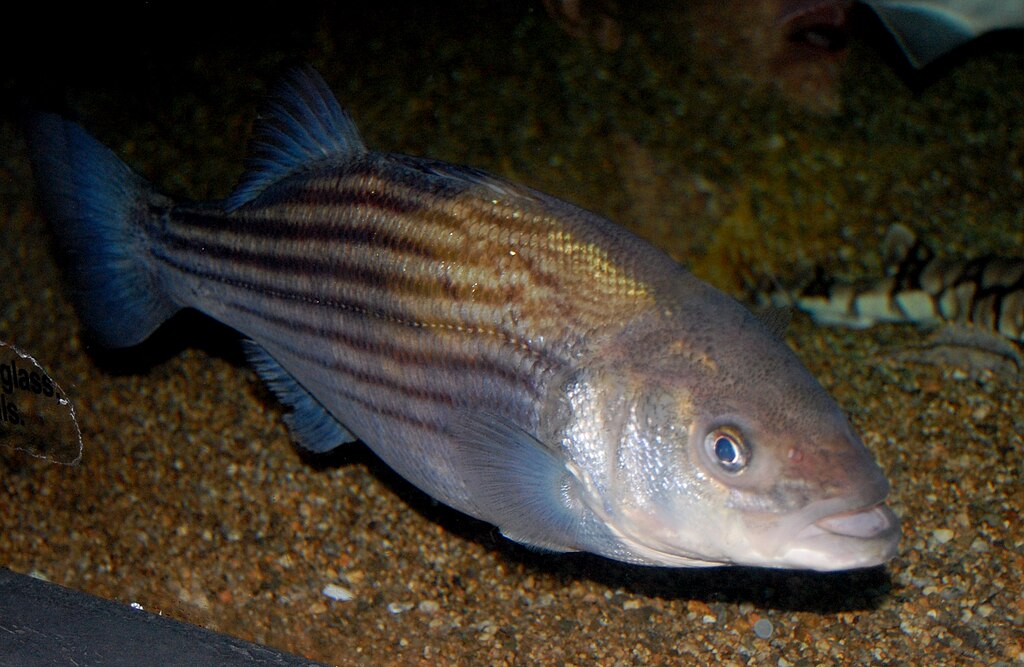
Spawning activity follows a predictable seasonal calendar for most freshwater species, though exact timing varies by geography and local conditions. Spring spawners like walleye and northern pike are among the earliest, often beginning when ice is barely off lakes in northern states, preferring water temperatures between 38-50°F. Bass, bluegill, and other sunfish typically spawn later when waters warm to the 60-75°F range, usually from late spring through midsummer. Fall spawners are less common but include brook trout and brown trout, which prefer cooling water temperatures of 40-55°F in autumn months. Year-to-year variations occur based on weather patterns, with unusually warm or cold springs potentially shifting spawning periods by weeks compared to average years.
Largemouth Bass Spawning Behavior
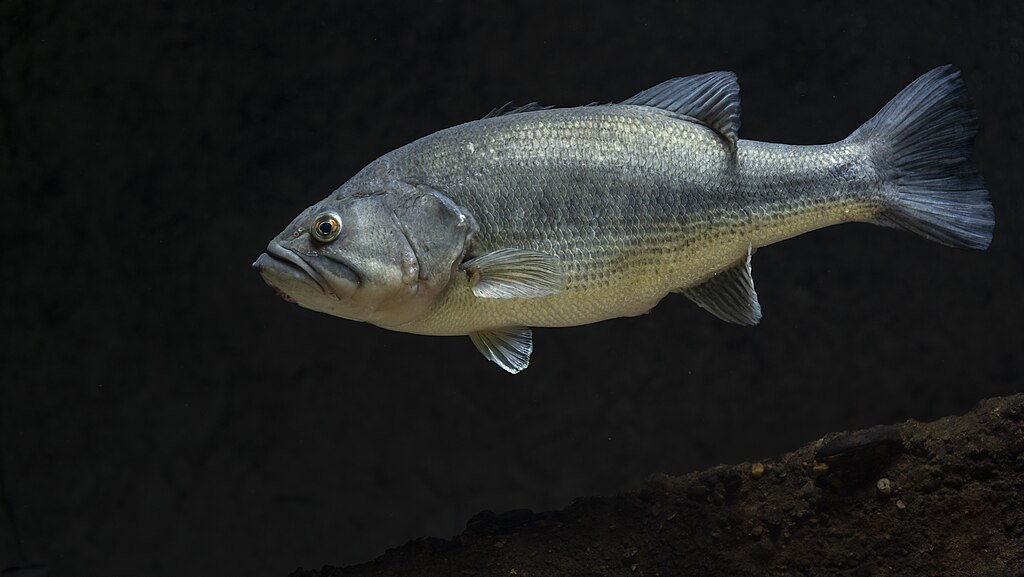
Largemouth bass spawning activity begins when water temperatures reach 60-65°F, typically occurring from late April through June across much of the United States. Males construct distinctive circular nests in shallow water by sweeping their tails across the bottom to create clean depressions in gravel or sandy substrates, often near protective cover like fallen trees or dock pilings. During active spawning, males take on a more vibrant appearance with darkened coloration along their lateral line, while aggressively defending territories around their nests from intruders. After females deposit eggs, they leave the area while males remain to guard the nest, often refusing to abandon it even when threatened, making them particularly vulnerable to angling during this period. Observant anglers can spot these nests in clear water, appearing as light-colored circular patches roughly 2-3 feet in diameter in water typically less than 6 feet deep.
Smallmouth Bass Reproductive Patterns

Smallmouth bass exhibit spawning behaviors similar to their largemouth cousins but prefer slightly different habitat conditions for reproduction. They typically begin spawning when water temperatures reach 55-65°F, often slightly earlier than largemouth bass in the same waterways. Male smallmouth bass construct their nests in areas with more current and harder bottoms, frequently choosing gravel or rocky substrates near drop-offs or points where water circulation helps oxygenate the eggs. During spawning, male smallmouth bass develop a distinctly darker appearance, sometimes taking on an almost black coloration, while their eyes often display a striking red hue. Unlike some other species, smallmouth bass are particularly sensitive to disturbance during spawning, and males may abandon nests if repeatedly harassed by predators or anglers, highlighting the importance of catch-and-release practices during spawning season.
Crappie Spawning Characteristics
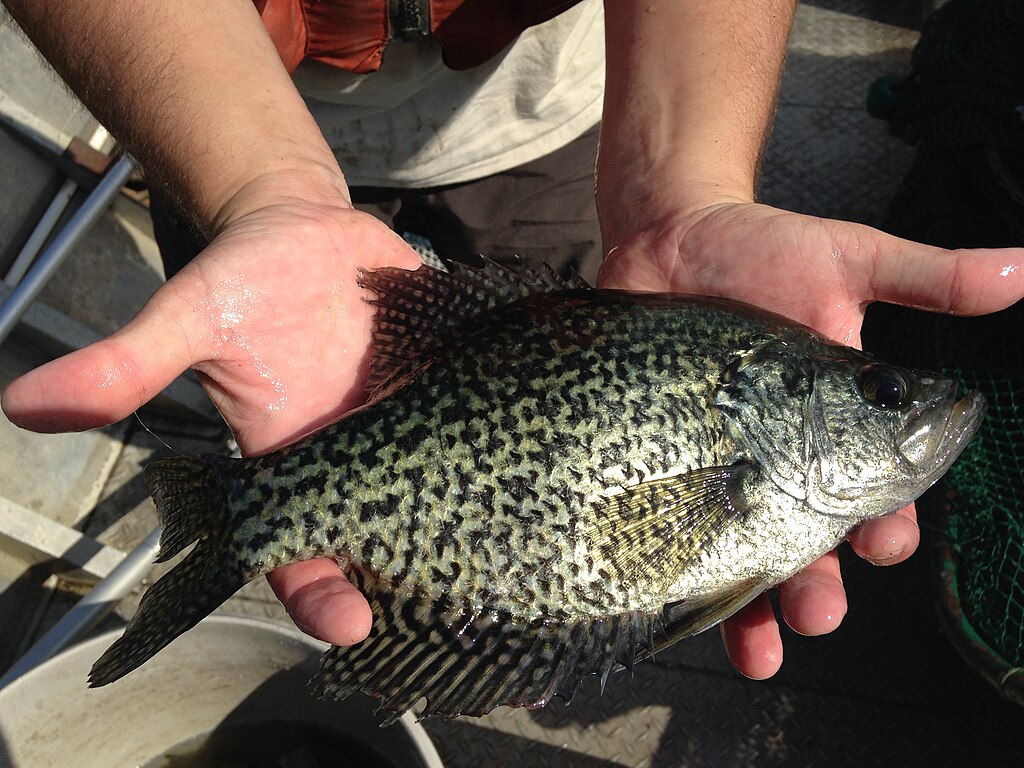
Both black and white crappie engage in colonial nesting behavior, with large numbers of fish spawning nearby when water temperatures reach 56-65°F. Males construct shallow, saucer-shaped nests in protected areas around submerged brush, fallen trees, or stands of emerging vegetation in 2-8 feet of water. During the spawning period, male crappies develop noticeably darker coloration, with black crappie becoming nearly black and white crappie showing more pronounced vertical barring patterns. Unlike bass species, crappie nests often appear in clusters with dozens or even hundreds of nests concentrated in prime spawning areas, creating “beds” that can extend across substantial portions of suitable shoreline. After females deposit eggs, males guard the nests for several days until hatching, aggressively chasing away potential egg predators while maintaining constant fin movement to circulate fresh water over the developing eggs.
Bluegill and Sunfish Reproduction

Bluegill and other sunfish species create some of the most visible spawning colonies among North American freshwater fish, forming dense “beds” containing dozens or hundreds of individual nests. Males begin constructing their characteristic circular nests when water temperatures reach approximately 70°F, using their tails to sweep out depressions in sandy or gravelly bottoms in water typically 1-4 feet deep. During active spawning, male bluegill develop intensified coloration, with their breast regions turning bright orange-red and their overall body color becoming more vibrant blue and orange. The social aspect of bluegill spawning is particularly interesting, as dominant males occupy central positions in the colony while smaller “satellite” males position themselves on the periphery, sometimes attempting to “sneak” fertilizations without the energy expenditure of nest-building and defense. A single bluegill spawning colony creates a distinctive honeycomb pattern visible from above in clear water, with each nest measuring approximately 12-14 inches in diameter.
Northern Pike Early Spring Spawning

Northern pike are among the earliest spawning freshwater fish in the United States, beginning their reproductive activities shortly after ice-out when water temperatures reach just 34-40°F. Unlike nest-building species, pike engage in broadcast spawning in extremely shallow, vegetated areas such as flooded marshes, grasslands, or shallow bays with emerging vegetation. During spawning, groups of smaller males follow larger females in water often so shallow that their dorsal fins may break the surface as they thrash and writhe during the egg-laying process. This spawning behavior appears chaotic, with multiple fish splashing and churning in vegetation, releasing adhesive eggs that stick to plants rather than creating defined nests. After spawning, pike provide no parental care, abandoning the eggs to develop on their own, which typically hatch within 12-14 days, depending on water temperature.
Walleye Spawning Migrations and Behavior

Walleye undertake some of the most significant spawning migrations among freshwater species, often traveling substantial distances to reach traditional spawning grounds in rivers or rocky shoals when water temperatures reach 38-44°F. Unlike nest-builders, walleye are nocturnal broadcast spawners that release eggs over clean rock, gravel, or rubble substrates in areas with moderate current that helps oxygenate the eggs. During peak spawning periods, walleye congregate in surprisingly dense groups, with multiple males accompanying each egg-laden female as they move into extremely shallow water at night, sometimes in just 1-3 feet of depth. Spawning walleye undergo subtle but noticeable physical changes, with males developing a more slender, torpedo-like appearance and both sexes showing increased intensity in their golden-olive coloration and more prominent white marking on the lower tail fin. After eggs are deposited among rocks and fertilized, adult walleye provide no parental care and immediately begin post-spawn recovery feeding.
Catfish Nesting and Guarding Behaviors
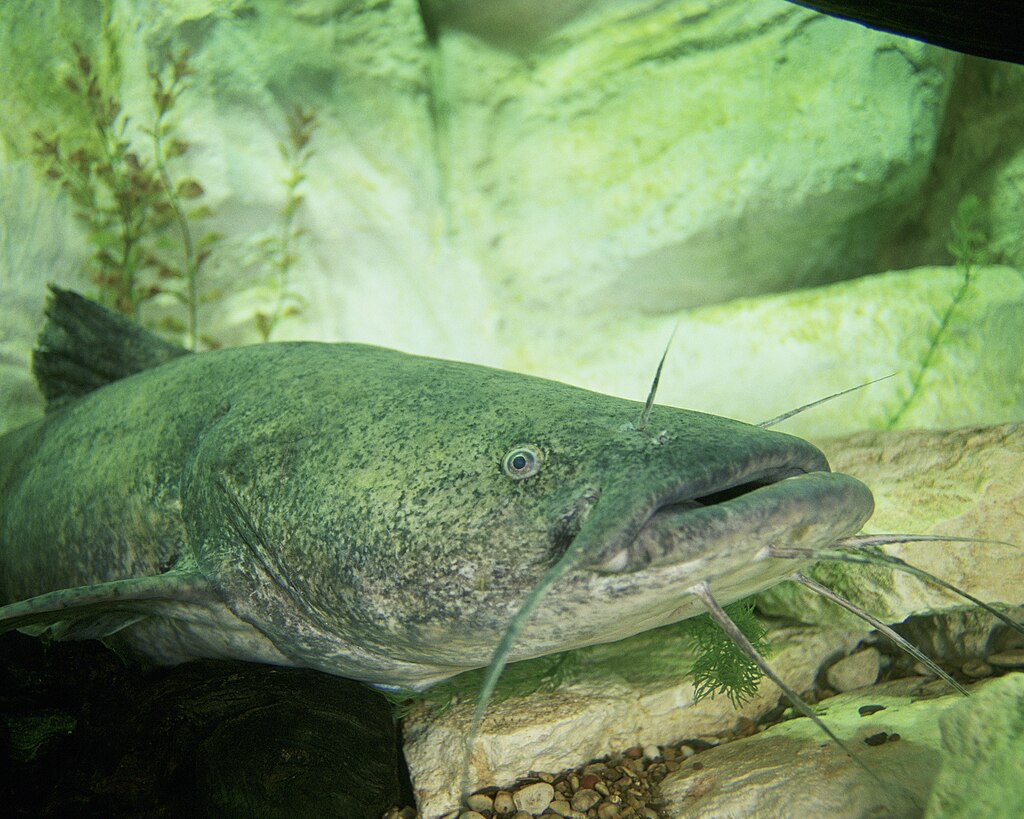
Channel catfish and other catfish species display some of the most dedicated parental care among common U.S. freshwater fish during their summer spawning period. Males select secluded, dark cavities for nesting sites when water temperatures reach 70-84°F, often utilizing hollow logs, undercut banks, or large rock crevices where they create and defend a sanctuary for egg development. Unlike the open nests of sunfish or bass, catfish nests remain largely hidden from view, though males can sometimes be observed hovering near entrance holes during the guarding phase. After a complex courtship ritual inside the cavity, females deposit adhesive egg masses that the male fertilizes and then guards vigilantly, using his fins to circulate fresh water over the eggs while aggressively defending against predators. Male catfish may go without feeding during this guarding period, which can last 6-10 days until eggs hatch, demonstrating remarkable parental investment for a species often overlooked for such behaviors.
Trout and Salmon Redd Construction
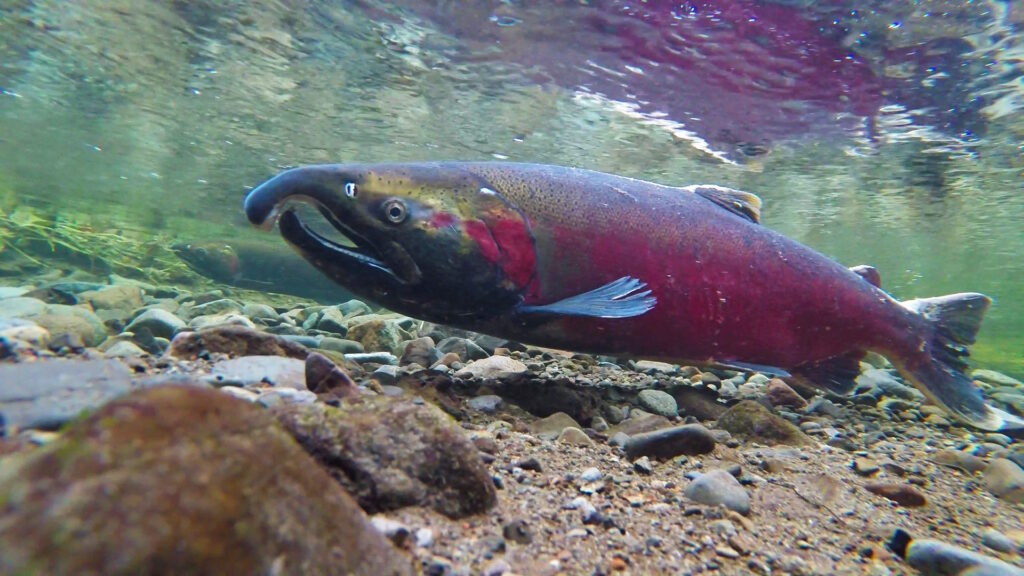
Trout and salmon species create distinctive spawning structures called “redds” rather than the circular nests seen in bass or sunfish. Females use powerful sweeping motions of their tails to excavate shallow depressions in gravel stream bottoms, creating a characteristic oval-shaped structure with a noticeable mound of cleaned gravel on the downstream end. During active spawning, trout develop dramatic color changes, with males of many species developing pronounced hooked jaws (kypes) and intensified red lateral stripes or spots, particularly evident in brook trout and rainbow trout. The actual egg deposition occurs when the female settles into the upstream portion of the redd, releases eggs that drift into the gravel depression, while one or more males simultaneously release milt to fertilize them. After spawning, the female moves slightly upstream and continues tail-sweeping, covering the fertilized eggs with a protective layer of gravel before abandoning the site, though the distinctive redd structure remains visible to careful observers for weeks afterward.
Common Carp Mass Spawning Events
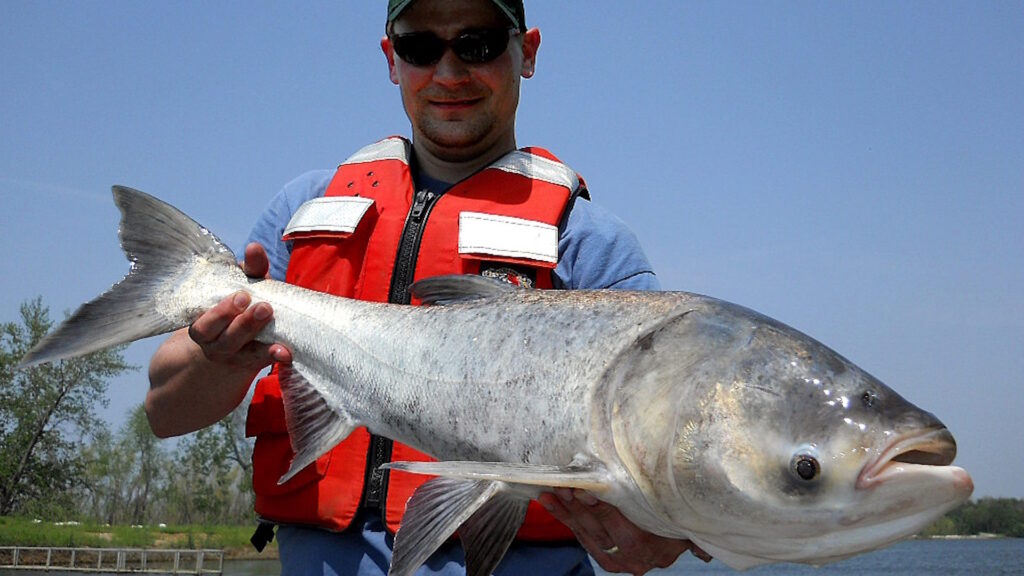
Common carp engage in some of the most visually dramatic spawning behaviors among freshwater fish, creating chaotic, splashing aggregations in extremely shallow water when temperatures reach 62-80°F. Unlike species that create discrete nests, spawning carp congregate in large groups in shallow, vegetated areas where multiple males pursue each egg-bearing female in frenzied chases through vegetation and along shorelines. These spawning “runs” create substantial commotion, with fish often breaching partially out of the water, thrashing vigorously, and generating loud splashing sounds that can be heard considerable distances from shore, especially during early morning hours. During active spawning, carp release vast quantities of adhesive eggs that attach to submerged vegetation rather than being buried in nests, with a single large female potentially releasing over two million eggs. After this energetic broadcast spawning activity, adult carp provide no parental care, leaving the fertilized eggs to develop attached to aquatic plants in warm, shallow nursery areas.
Observing Environmental Factors Affecting Spawning
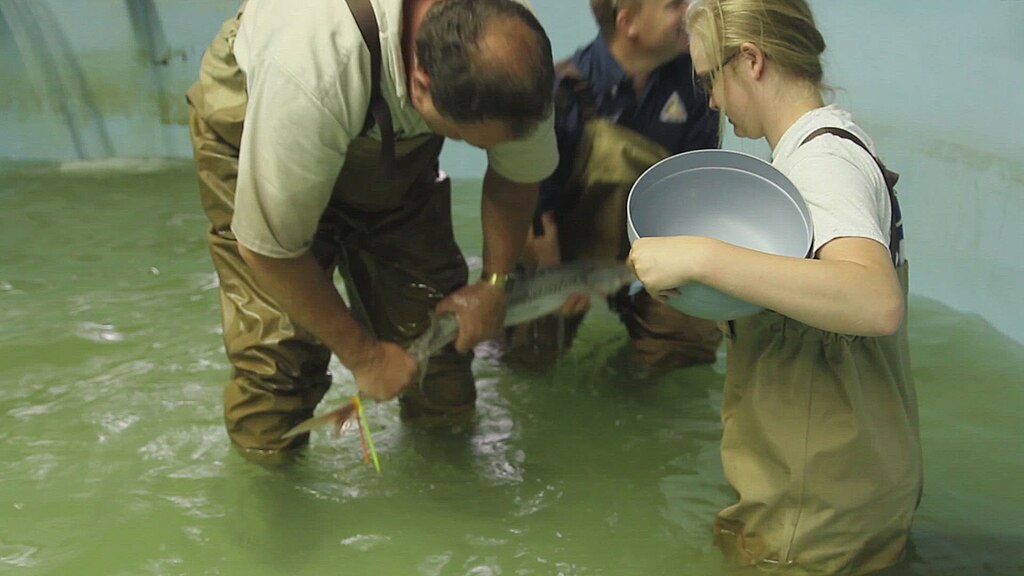
Beyond water temperature, several additional environmental factors significantly influence the timing and success of fish spawning activities across different species. Photoperiod (day length) provides the initial seasonal cue for many species, triggering physiological changes that prepare fish for reproduction as days lengthen in spring. Water level fluctuations dramatically impact spawning, with rising water levels often stimulating reproductive activity by flooding new spawning habitat, while rapid drops can cause nest abandonment. Lunar cycles influence some species, particularly crappie and white bass, which often intensify spawning activities around full moon periods. Weather patterns also affect spawning behavior, with stable weather generally promoting more consistent reproductive activity while cold fronts can temporarily halt spawning or cause fish to move to deeper water until conditions stabilize.
Conservation Considerations During Spawning Seasons
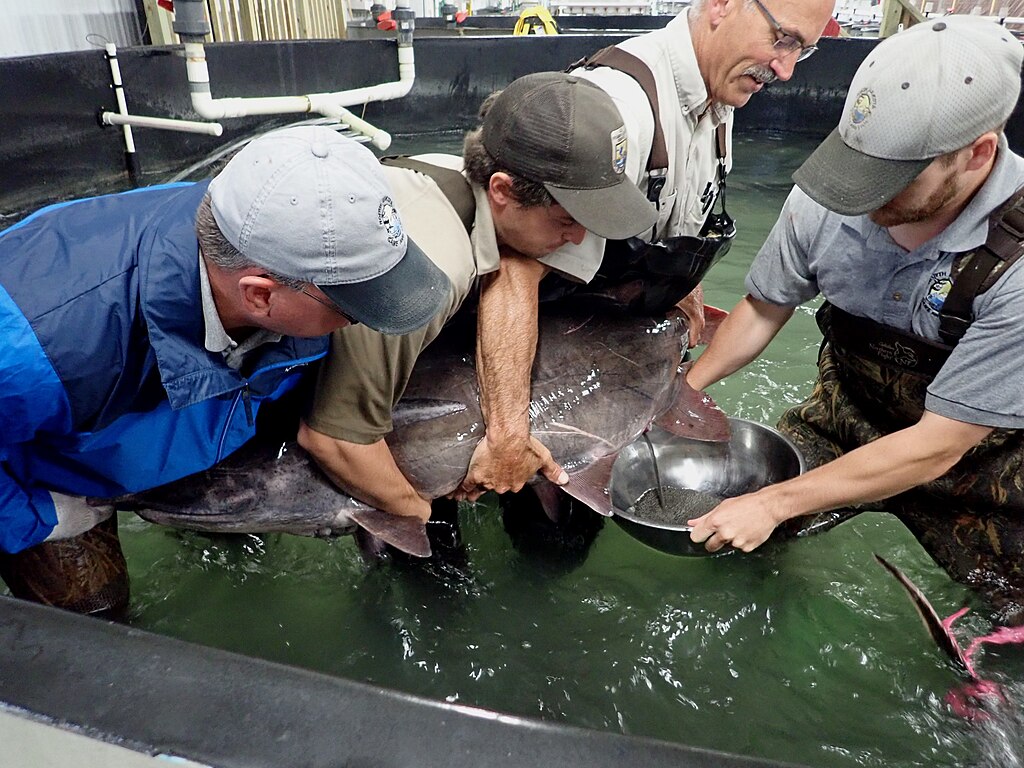
Fish populations are particularly vulnerable during spawning periods, requiring special conservation awareness from anglers and water users. Many states implement specific fishing regulations during spawning seasons, including closed areas, catch-and-release requirements, or complete fishing closures for certain species to protect reproducing fish. Boating activity can inadvertently damage spawning habitat, especially in shallow areas where prop wash may destroy eggs or cause nesting males to abandon their protective duties. Catch-and-release practices become especially critical during spawning, as removing guardian males from nests, even temporarily, often results in predation of unprotected eggs or young. Responsible anglers often voluntarily avoid targeting spawning fish entirely or practice rapid catch-and-release with minimal handling to reduce stress on fish during this critical reproductive period, understanding that today’s successful spawn becomes tomorrow’s fishing opportunity.
Using Spawning Knowledge for Ethical Angling

Understanding spawning behavior provides anglers with powerful knowledge that can be applied either exploitatively or ethically, with responsible choices supporting sustainable fisheries. Ethical anglers often modify their fishing approaches during spawning seasons, switching to artificial lures rather than live bait to reduce deep-hooking injuries, and using barbless hooks for faster, less stressful releases when fish are caught. Knowledge of spawning locations can be used to deliberately avoid these areas during peak reproductive periods rather than targeting vulnerable fish, focusing instead on non-spawning species or post-spawn individuals that have completed their reproductive duties. Photographing spawning behaviors from a respectful distance provides a rewarding alternative to fishing for these fish, allowing appreciation of this remarkable natural phenomenon without disrupting the reproductive process. By balancing angling opportunity with conservation awareness, knowledgeable anglers become powerful advocates for the resource, often educating others about the importance of protecting spawning fish to ensure healthy populations for future generations.
Conclusion
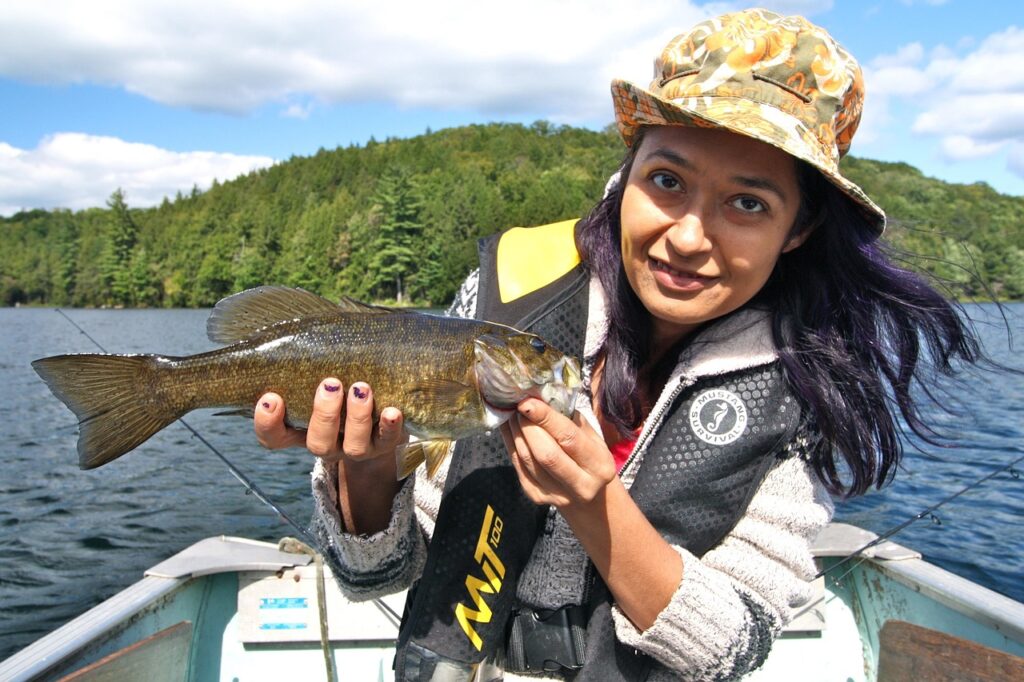
Understanding the spawning behaviors of common U.S. freshwater fish offers a fascinating window into the natural world while providing practical knowledge for anglers, conservationists, and nature enthusiasts. Each species has evolved unique reproductive strategies finely tuned to maximize survival in its particular habitat. From the nest-building behaviors of bass and sunfish to the frenzied spawning runs of carp and the meticulous redd construction of trout, these reproductive activities represent critical moments in aquatic ecosystems. By recognizing these behaviors and the environmental factors that trigger them, we can better appreciate the complexity of freshwater fish life cycles while making informed decisions about how to interact with these resources responsibly. Whether you’re an angler seeking to practice ethical fishing or simply a curious observer of nature, knowledge of spawning behaviors enriches your connection to America’s diverse freshwater environments.
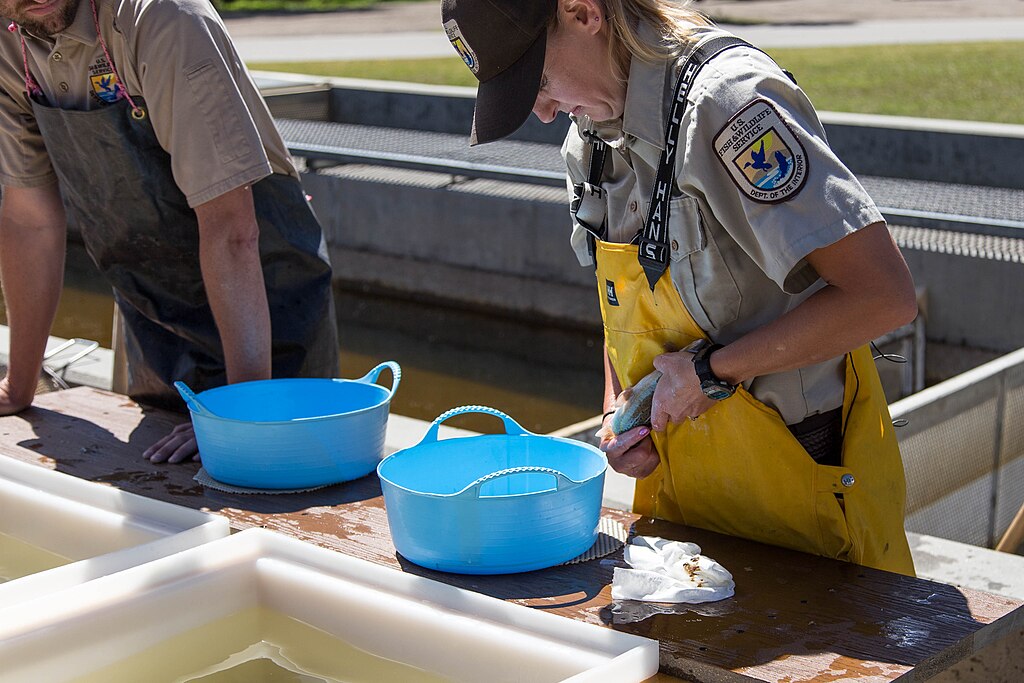
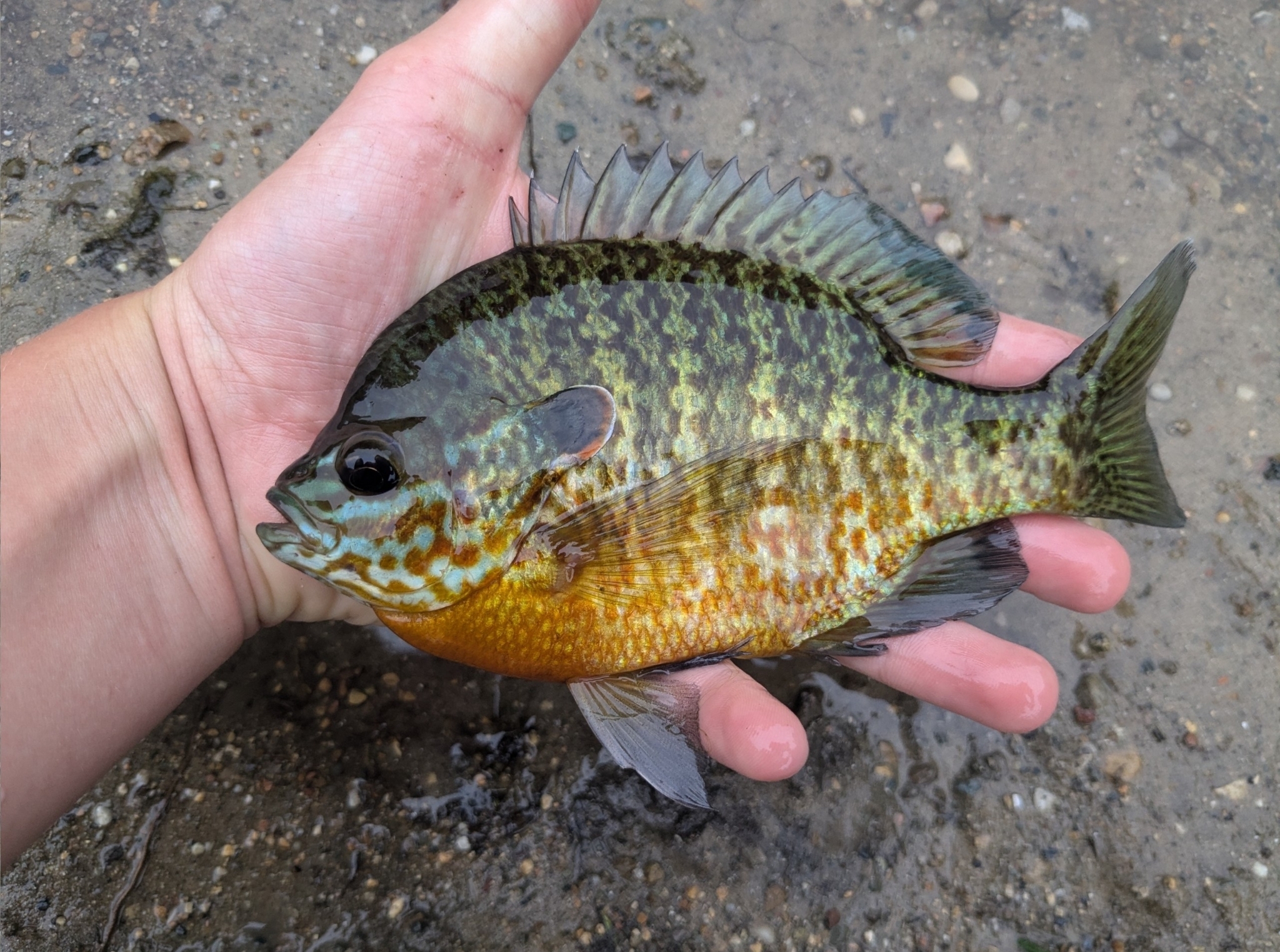
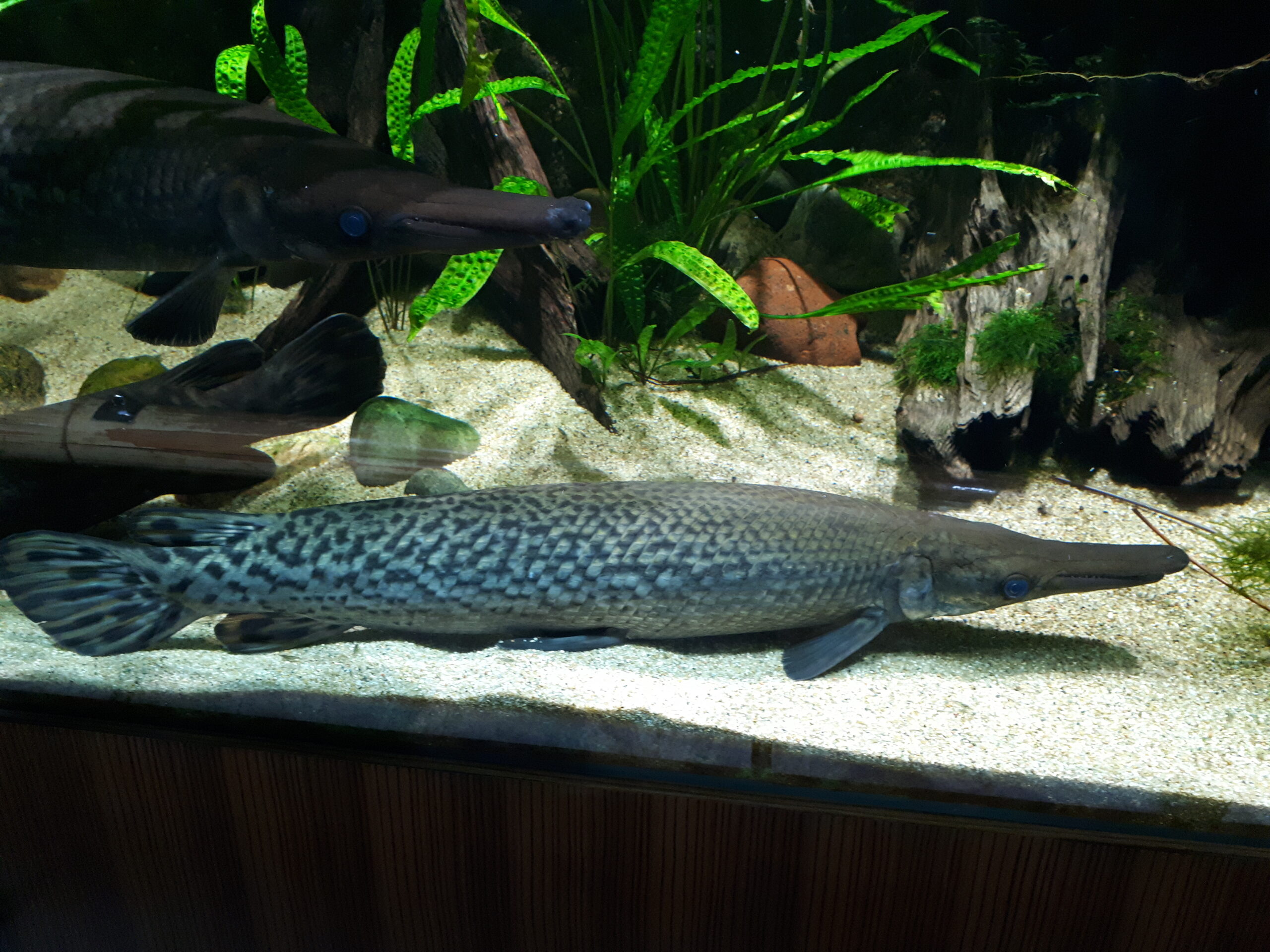
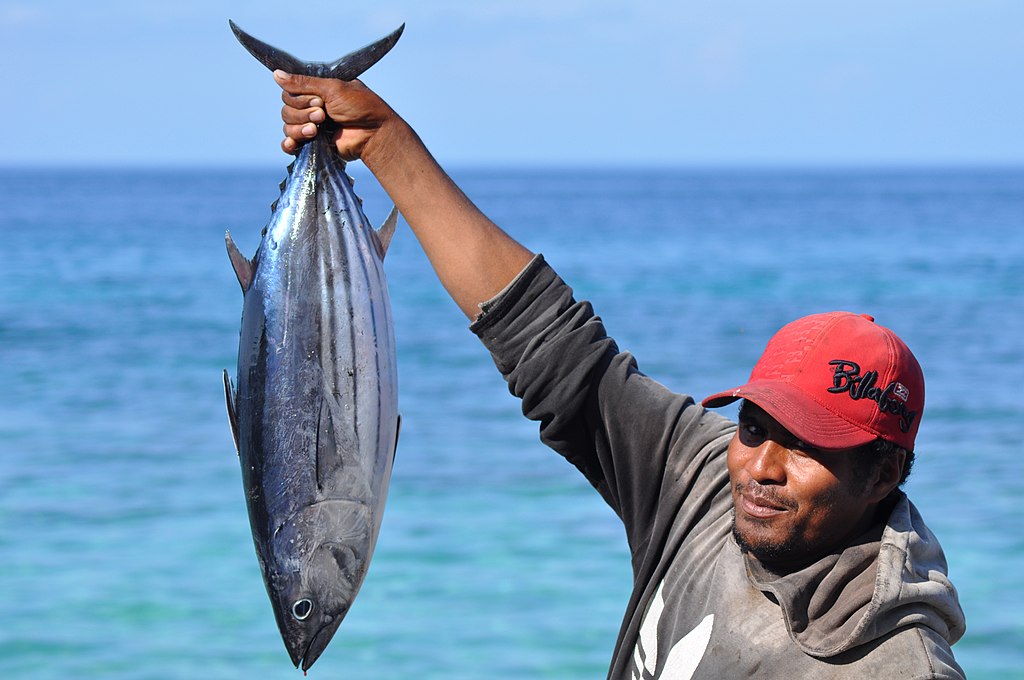
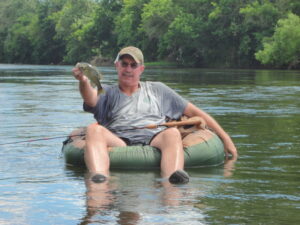
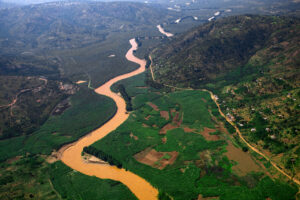








Post Comment